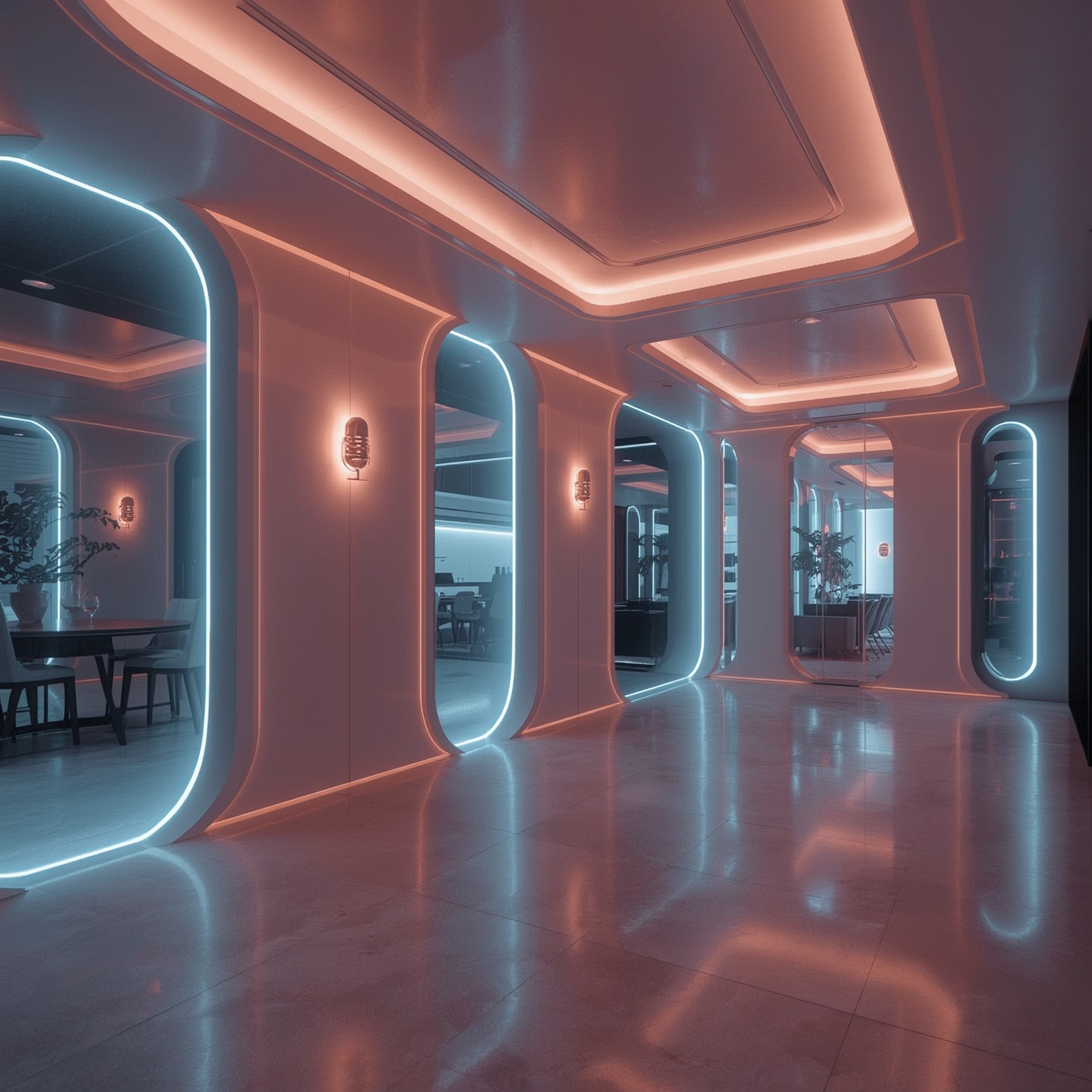In recent years, we have grown increasingly accustomed to issuing verbal instructions to our household devices and watching our lights obey instantly. This linguistic interaction has become second nature to many of us, but it is worth remembering that such functionality typically depends on intermediary technology. Generally, our voice is first captured by a smartphone, a dedicated hub, or a smart speaker equipped with the ability to interpret commands. That device then relays our intentions to the lights themselves. Lepro, with its newly introduced AI Lighting Pro series, is attempting to bypass this intermediary step altogether. The company has integrated a microphone directly into the power cord of its fixtures, thereby granting each unit the capacity to hear and respond independently of any additional hardware.
The product range is diverse, encompassing several distinctive models that span both familiar and experimental lighting designs. The collection begins with the S1-Pro AI, a light strip that embodies most of the qualities one expects from this category, making it relatively straightforward. The N1-Pro AI, on the other hand, builds upon this foundation by incorporating diffusion technology, which softens the emitted light and produces a continuous, fluid glow rather than a segmented appearance. Moving into more striking territory, the OE1-Pro AI presents itself as an extremely slim vertical floor lamp that combines full-spectrum RGB lighting with a warm-white mode fixed at 2700K—an option specifically intended to foster a conducive environment for activities such as leisurely reading or quiet relaxation. Lastly, the TB1-Pro AI stands out as the most visually unconventional. Its design consists of three interlocking rings, each independently adjustable and reconfigurable. Arranged in a manner reminiscent of a gyroscope, these rings create a sculptural piece that doubles as functional furniture. Despite the array’s intriguing characteristics, Lepro has yet to disclose concrete pricing details or an official launch timeline for the U.S. market beyond a tentative window of sometime in 2025.
Every device in the lineup is equipped with a microphone and comes bundled with a proprietary voice assistant known as LightGPM. Users activate it by uttering the phrase “Hey Lepro.” Although the assistant’s scope is restricted to lighting-related features, its refinement should not be underestimated. It can, of course, execute standard instructions such as powering lights on and off, adjusting brightness levels, or toggling between colors across the RGB spectrum. Yet it demonstrates more advanced intelligence by drawing on large language model (LLM) capabilities to construct dynamic lighting effects and personalized atmospheres. For example, if a person states that they are beginning a yoga session, the system can respond with calming tones and fluid transitions suitable for meditative stretching. Conversely, if someone, half in jest, admits to being a stressed-out fan of a struggling sports team, the lights can shift into more dramatic patterns that reflect heightened emotional states.
Connectivity has not been neglected. Every unit includes Wi-Fi support and is compatible with major external ecosystems such as Amazon Alexa and Google Assistant. Nevertheless, this interoperability is not the principal innovation here. What sets the range apart is the independence of its voice control system. By embedding the microphone within the light’s own physical structure, Lepro is introducing yet another always-alert device into our living spaces, one that exists outside the traditional constellation of phones, tablets, and smart speakers. While other manufacturers have coupled direct voice interfaces with products like robotic vacuums from Roborock and Ecovacs, or integrated them into wireless speakers from Sonos, this approach has rarely appeared in the realm of lighting. The fact that even a discount retailer such as Dollar Tree has experimented in this space suggests that the industry is testing new boundaries.
This leads to an unavoidable discussion concerning trade-offs. The convenience and sophistication of voice-driven lighting stand side by side with the ongoing issue of privacy. Do we genuinely need yet another object in our domestic environment monitoring our speech and transmitting it to a processing model? Perhaps the answer for many is “no.” And yet, as smart devices become more deeply woven into our everyday rituals, the likelihood is that households will gradually accept, if not embrace, the presence of these ever-listening companions. The trajectory of innovation, as evidenced here, signals a future where illumination is not merely functional but interactive, reactive, and, ultimately, persistently attentive.
Sourse: https://www.theverge.com/news/772038/lepro-smart-light-built-in-microphone-ifa



